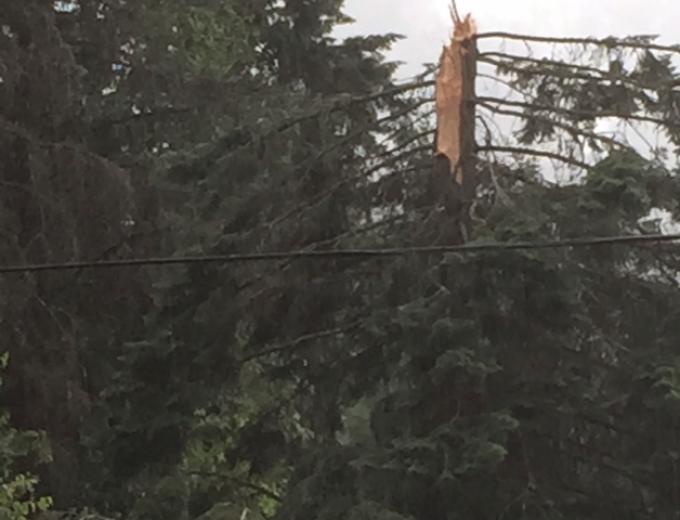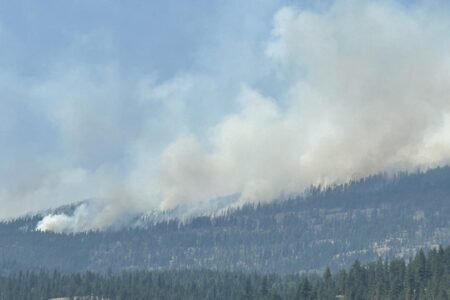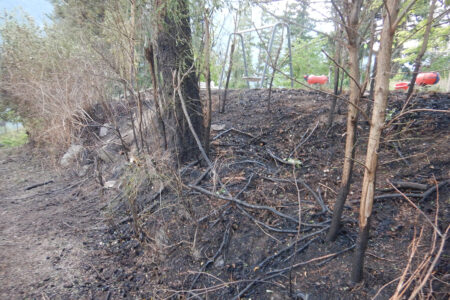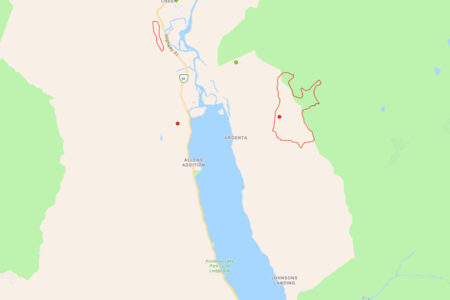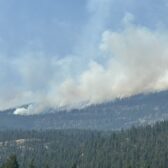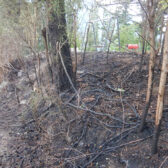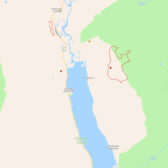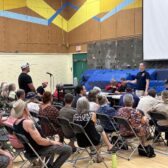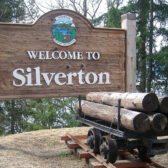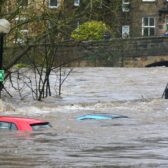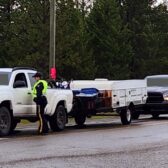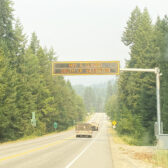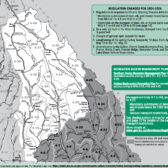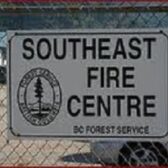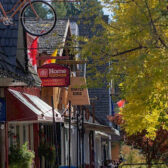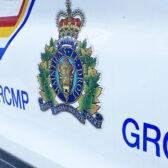Bite of the bark(ed) ones prompts injection into Hydro’s vegetation control program
Falling trees and power lines do not mix.
And with an abundance of trees in and outside of the city — and all power lines running above ground in the air — the battle between wood and cable has played out numerous times in the past for Nelsonites.
In such a tilt usually the wood wins and a blackout ensues, prompting a response from Nelson Hydro to mediate the situation, and cut to the core of the problem.
But a vegetation control program started by the city’s electrical utility three years ago has been paying dividends with a sharp reduction in power outages due to trees dancing with the power cables.
In order to further reduce the risk and continue to trim back the hazardous plants Nelson Hydro is seeking a 1.5 per cent general rate increase in hydro electrical rates for all urban classes, and a 2.94 per cent general rate increase for all rural classes effective April 1. On Monday night council passed first three readings of the bylaw approving the rate change.
Call it the “smoothing effect,” increasing the urban 2019 rate from -0.4 per cent to 1.5 per cent (as discussed in the Dec. 17 council meeting) results in an estimated reduced rate pressure in subsequent years, Nelson Hydro general manager Alex Love explained.
“This will also allow for an increase of $50,000 in vegetation management,” he told council on Monday night. “Our reliability stats were showing that tree problems were having a negative impact on our reliability so we’ve stepped up vegetation management to try and reduce that.”
Increasing the rural rates by 2.94 per cent “will assist in recovering increased operating expenses which includes an increase of $100,000 in vegetation management,” he noted in his report to council.
Tree and tree-related effects — wind storms blowing over trees — remain the most significant cause of power outages within the city’s power grid system, said Love.
With major events like the 2015 windstorm removed, there was a large increase in tree-related outages in 2017, with most of them located in the North Shore service area.
The basic monthly charge for urban customers will be $ 37.18, while the basic monthly charge for rural customers will be $38.86. Rural rates are higher due to a lower density of Hydro customers in those areas.
There was a reduction in the Hydro operating expense budget from 2017- 2018 of 2.8 per cent, and “forecasting is at an inflationary increase only,” Love said. The dividend is increasing from $2.7 million to $2.8 million in 2019.
“This rate increase will also help fund the longer term capital requirements, while the water license reserve transfer will remain static at $658,266,” he explained.
The transfer to the capital reserve is forecasted at $2.75 million and is in line with Nelson Hydro’s long term sustaining needs of $2.75 to $3 million.
Also affecting the electrical rates are a proposed a zero percent increase by BC Hydro, followed by 4.0 per cent in 2020/21 as discussed in the annual review. BC Hydro is implementing a three per cent increase for 2019.
According to Nelson Hydro information, trees will be trimmed to a three-metre diameter around 14/25kV circuits, and to five m. around transmission 6okV circuits.
“Trees in areas where we have raised the new conductor height on taller poles will require less trimming than previous years,” Love noted.
By the numbers
The tree-trimming project is paying off not only in reducing outages, but on the financial end as well, said Love.
“The increased efforts (from) 2014 onward have reduced our trouble time call outs and outages,” he said.
The annual tree-trim budgets from 2014 to 2017 have been a bit over $400,000, Love noted, although the actual money spent has been a bit over $500,000.
“This occurs because in addition to planned trimming there are often emergent issues arising,” he said, such as dangerous trees that threaten power lines that are taken down before they damage the power lines.
The end result is that the “over spend” on vegetation management is offset by an under spend for dealing with trouble response and other operational areas, said Love.



